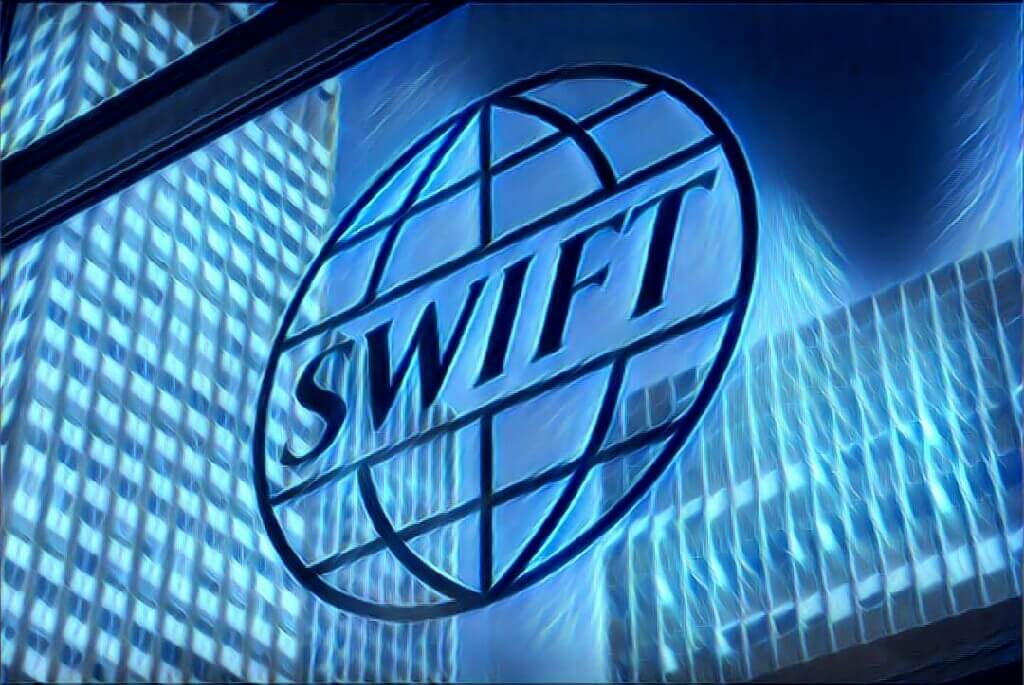
In April, SWIFT announced that it is investigating Distributed Ledger Technology (DLT) and Smart Contracts (SC). Yesterday, they announced their findings. In the paper they describe a need for a standard language and the challenges DLTs and SCs will face while gaining use in the mainstream financial world.
SWIFT is the definition of mainstream finance. An acronym for “Society for Worldwide Interbank Financial Telecommunication” they handle the majority of transactions between different banks and other financial institutions. They deal with over 11,000 financial institutions and handled 5.6 billion financial messages in 2014 alone.
The banking industry recently popularized the DLT term. It refers to innovations spearheaded by blockchain technology, like the one that underpins bitcoin. The term DLT is used to differentiate the open blockchains used by digital currencies and shared or distributed ledgers. DLTs can exist without a backing digital currency and may not be open to all parties.
SWIFT argues that for DLTs and SCs to become successful, several challenges will need to be overcome. They advocate the use of ISO 20022.
Financial industries in each country often have their own terminology. When companies from two different financial institutions interact, the financial language barrier can cause confusion. ISO 20022 is an attempt to standardize financial language worldwide. Anyone can suggest edits and additions to ISO 20022. A governing body determines which contributions are added. While not technically open-sourced, ISO 20022 is “open” in the same spirit as Wikipedia.
SWIFT feels that DLTs will benefit from adopting a standardized language and suggest ISO 20022. This is not surprising, SWIFT is the largest contributor to the ISO 20022 movement. SWIFT predicts that there may be multiple DLTs used by multiple financial institutions. They argue that a standardized language will enable different DLTs to speak to each other. They see similar benefits in applying the language to SCs.
“[I]t makes sense to consider ISO 20022 as both a source of business content for DLT/SC implementations, and as a means to achieve interoperability between DLT/SC and other automation mechanisms.”
The ability of DLTs and SCs to communicate with each other without human interaction would be a big benefit. Still, SWIFT does admit that there will be challenges.
“Unfortunately, looking more closely, we notice that the model is ‘polluted’, not with messaging concerns as such, but with assumptions based on the way bonds are issued and processed today [. . .] and which may no longer hold in a DLT environment[.]”
SWIFT also included five requirements it sees as necessary for DLTs and SCs to become “standardized” in the financial world. One of them seems to indicate that SWIFT is leaning towards a Permissioned DLT. Permissioned DLTs are distributed ledgers that have resticted access to trusted parties.
“It will be necessary to formalise the roles played by parties involved in a transaction. Specification of who can see what and more generally who can do what according to role will be required. To observe these restrictions at run-time, DLT platforms will need to support strong identity management and access control.”
SWIFT does not elaborate on what kind of restrictions and identity management should be developed. Clearly, their ideal is a far cry from the pseudonymous system inherent in bitcoin.
We will continue to cover mainstream development of DLTs, SCs and everything related.

